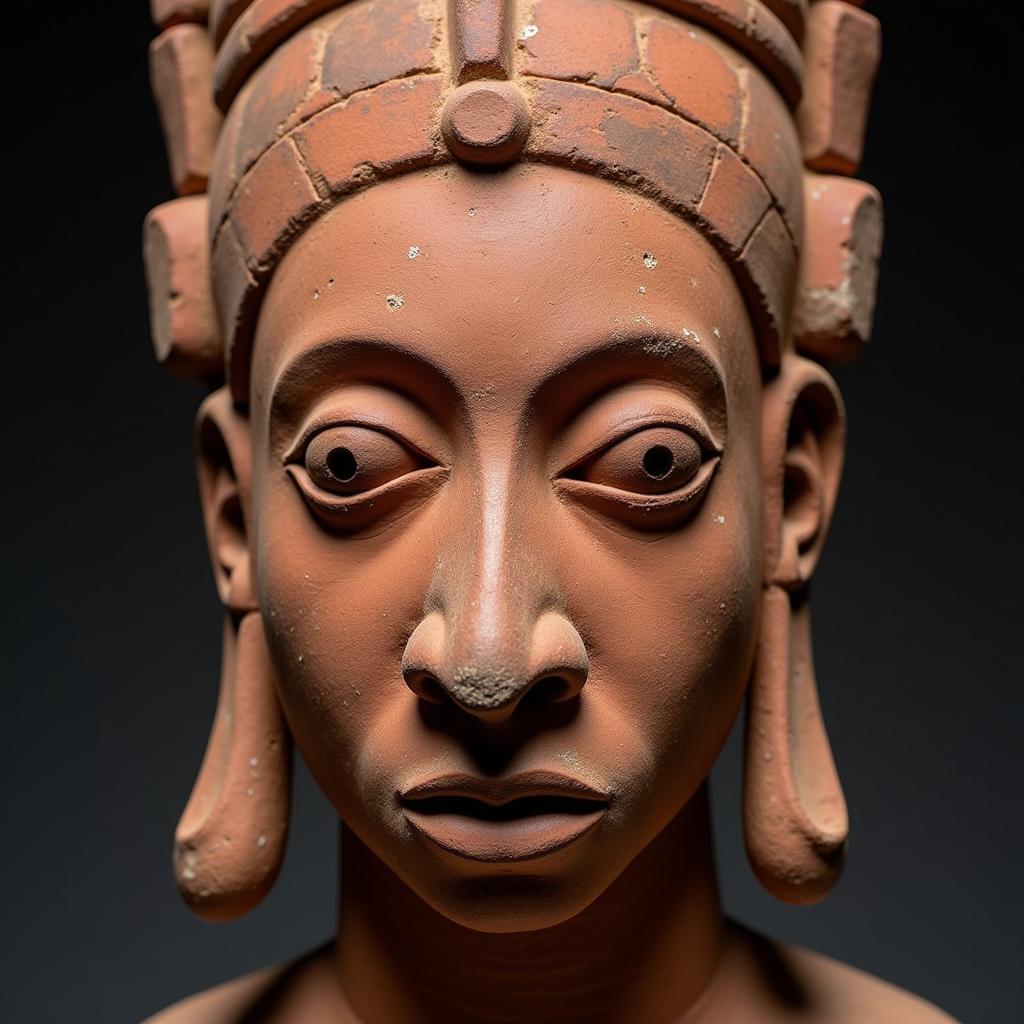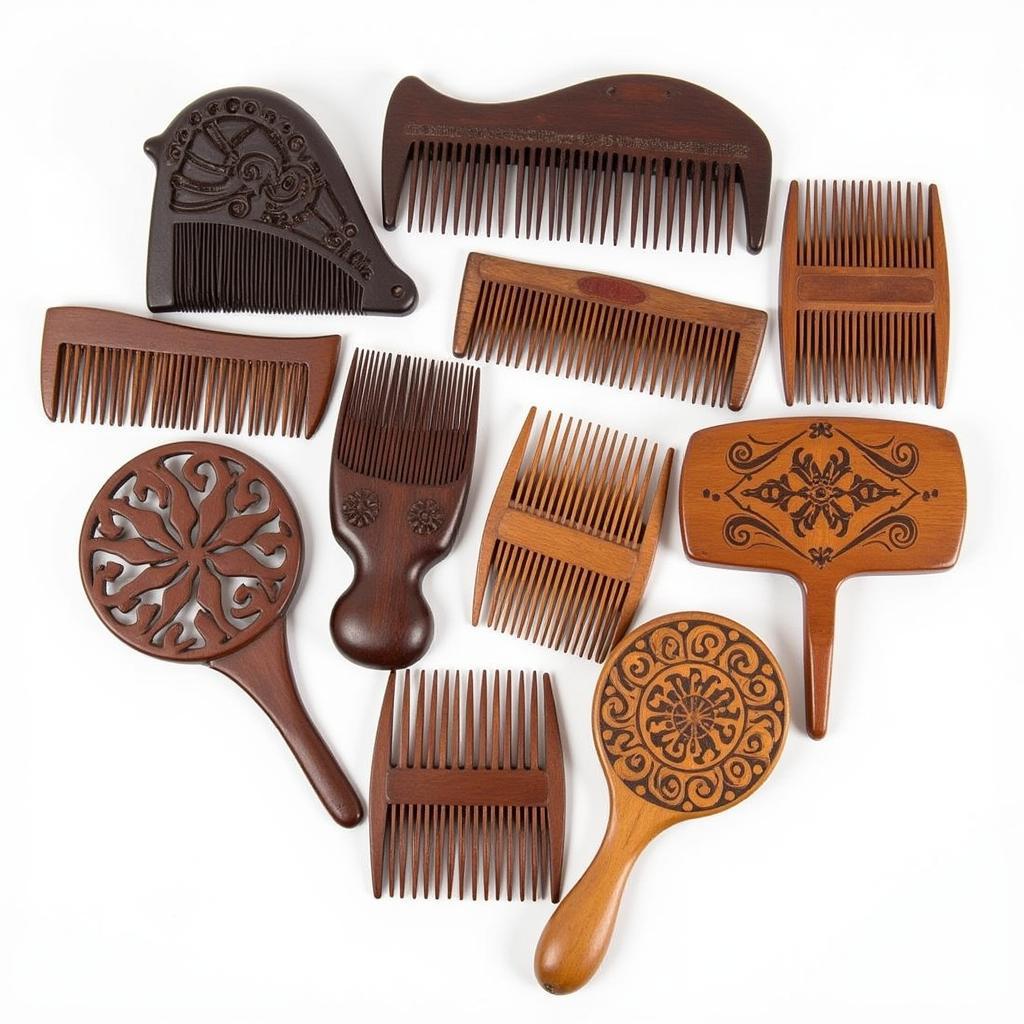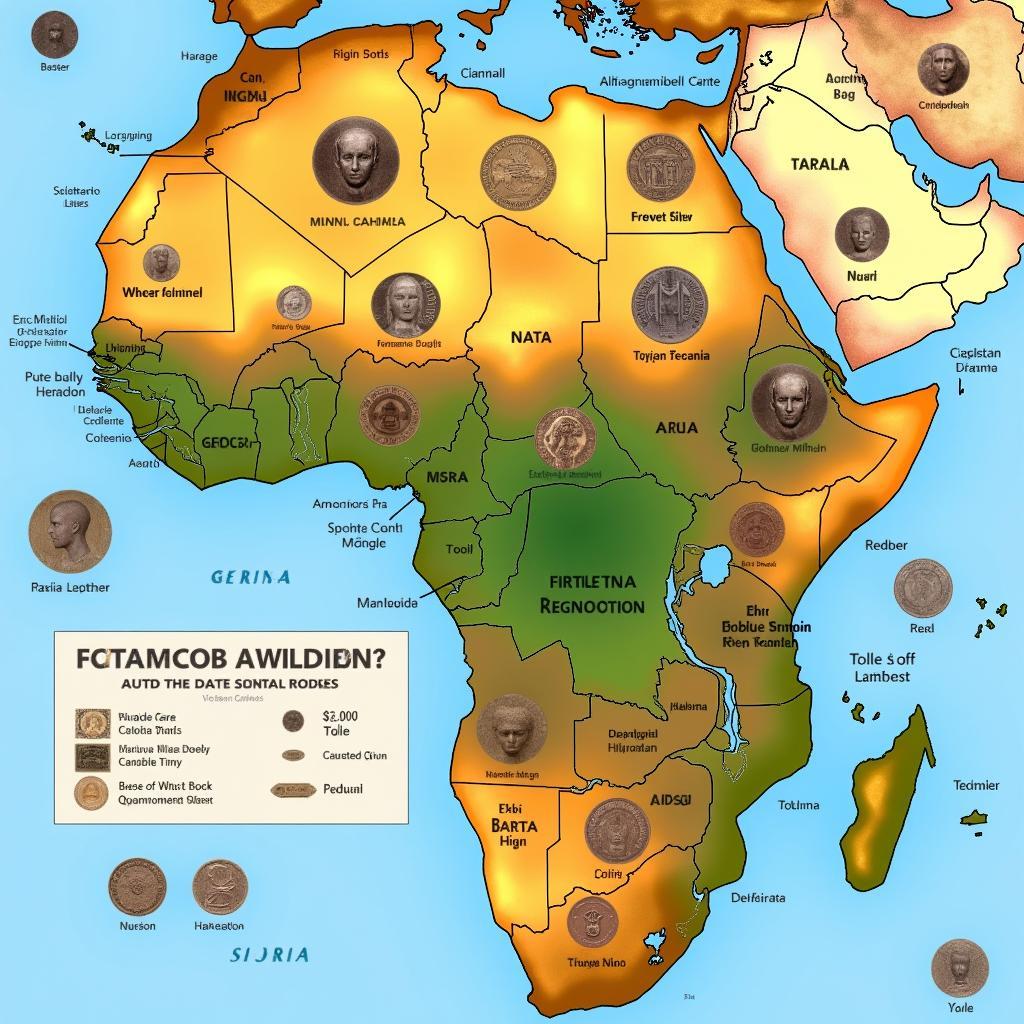African Crested Porcupine Scientific Name: Unveiling the Hystrix Cristata
The African crested porcupine, scientifically known as Hystrix cristata, is a fascinating creature that roams the diverse landscapes of Africa and parts of Europe. This article delves into the intriguing world of this iconic rodent, exploring its physical characteristics, habitat, diet, and behavior.
A Glimpse into the World of Hystrix Cristata
The Hystrix cristata stands out with its distinctive black and white quills, which are essentially modified hairs. These quills, some exceeding 12 inches in length, serve as the porcupine’s primary defense mechanism. Contrary to popular belief, porcupines cannot shoot their quills. Instead, they erect them as a warning signal when threatened. If the threat persists, the porcupine will charge backward, using its powerful hind legs to embed the loosely attached quills into the predator.
These nocturnal animals are primarily herbivorous, their diet consisting mainly of roots, bulbs, bark, and fallen fruits. However, they occasionally supplement their diet with insects and small bones, which provide essential minerals.
Habitat and Distribution of the African Crested Porcupine
The African crested porcupine demonstrates remarkable adaptability, thriving in a variety of habitats across Africa and southern Europe. From the savannas of East Africa to the forests of Central Africa and the rocky outcrops of North Africa, these rodents have carved their niche. They are also found in Italy, particularly in the southern and central regions.
Primarily terrestrial, Hystrix cristata seeks refuge in burrows, often excavating their own or occupying abandoned ones dug by other animals. These burrows provide shelter from predators and extreme weather conditions.
Social Structure and Reproduction
African crested porcupines are generally solitary creatures, except during the breeding season. They exhibit a polygynous mating system, with one male mating with multiple females. After a gestation period of about 112 days, females give birth to litters averaging two to three young.
The young are born relatively well-developed, with soft quills that harden within a few days. Both parents participate in raising the offspring, with the mother primarily responsible for nursing and nurturing.
Conservation Status and Threats
The International Union for Conservation of Nature (IUCN) lists the African crested porcupine as a species of Least Concern due to its wide distribution and stable population trends. However, they face localized threats, primarily habitat loss due to deforestation and agricultural expansion. In some areas, they are also hunted for their meat and quills, which are used for traditional crafts and ornaments.
FAQs About African Crested Porcupines
1. Are African crested porcupines dangerous to humans?
While they are not inherently aggressive, African crested porcupines will defend themselves if threatened. Their quills can cause serious injuries, so it’s crucial to observe them from a safe distance.
2. What is the lifespan of an African crested porcupine?
The average lifespan of an African crested porcupine in the wild is around 10 years. However, they can live up to 20 years in captivity.
3. What is the scientific classification of the African crested porcupine?
- Kingdom: Animalia
- Phylum: Chordata
- Class: Mammalia
- Order: Rodentia
- Family: Hystricidae
- Genus: Hystrix
- Species: cristata
Need More Information?
For further inquiries or assistance, please contact us at:
Phone: +255768904061
Email: kaka.mag@gmail.com
Address: Mbarali DC Mawindi, Kangaga, Tanzania.
Our dedicated customer support team is available 24/7 to assist you.



